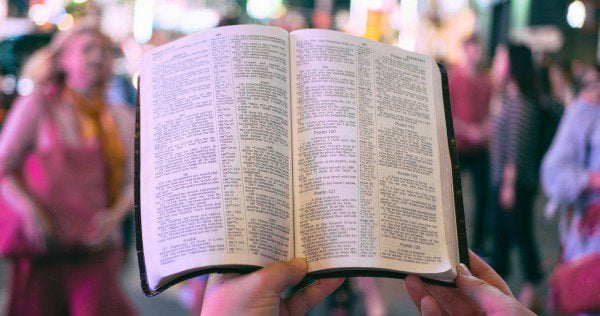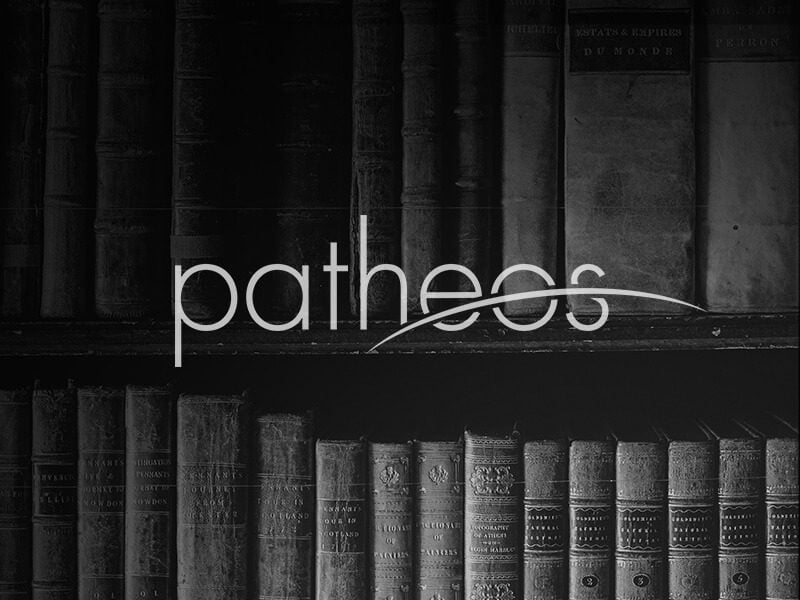 By Mitchell East, an intern for the university ministry of St. Aldates Church in Oxford, England.
By Mitchell East, an intern for the university ministry of St. Aldates Church in Oxford, England.
At the university I attended, some seminary students went through a ritual. The goal of the ritual was to become an Enlightened Reader of the Bible. Here were the steps.
First, they would become disenchanted with one way they used to read the Bible. Then, they found out about another way of reading the Bible. We’ll call the new way of reading “The Best Hermeneutic.” Third and finally, the new acolyte evangelized the lost concerning the Gospel of The Best Hermeneutic. Unfortunately, some of the lost would reject this gospel and continue to read the Bible with the Old and Unenlightened Hermeneutic. Sometimes, the new adherent would later become disenchanted with The Best Hermeneutic and reenact the ritual.
For example, Joe Seminary Student might grow tired of moralistic readings of the Bible. His preacher from back home used to give sermons with killer punch lines like, “David was a good friend to Jonathan, so you should be a good friend too!” But then Joe’s Old Testament professor pointed out that Jonathan was the heir to his father’s throne. At the expense of his own ascension to the throne, Jonathan was better than a friend. He acted faithfully to God’s covenant with David as the next King, Joe had realized in this moment of pure epiphany that reading the Old Testament through the lens of covenant was The Best Hermeneutic.
I was not immune from this ritual. While studying biblical texts in my undergrad program, I found some aspects of the historical-critical method lacking. Ever time I heard a professor or student say, “But historians have found the original intention of the author,” I died a little on the inside. But then, some really smart people taught me about figural readings of the Bible. As part of the ritual, I have evangelized The Best Hermeneutic on this blog (here, here, and here).
Unfortunately, reading the Bible with my favorite hermeneutic cannot bring me interpretive salvation.
This is important to know because when a seminary student finds The Best Hermeneutic, she can assume all of the debates about Scripture will be settled. The same assumption can weave its way into any methodology. “Once we ask the historians what the Bible means, then and only then will we have consensus.” “Once we read the Fathers on their figural readings of the Bible, then and only then will we have consensus.” In the end, these assumptions will disappoint.
In my case, figural reading showed me beautiful and right ways of reading the Bible. It also showed me readings with which I profoundly disagree. For example, I loved some of the figural readings of Mary as she relates to the matriarchs of the Old Testament. Miriam prefigures Mary because both helped deliver children of God from oppressive tyrants. Hannah prefigures Mary because the Lord gave to them children who would later become prophets. On other hand, I don’t agree with figural readings that claim Mary is like the Queen Mother of Jesus. (See Matthew Levering’s Was the Reformation a Mistake? if you want an example of this reading).
Look, I’m not going to settle debates about Mary. But I have to admit that figural reading – as a method – produces readings I agree with and ones that I don’t. In the same way that there is no Ultimate Historian who can sort out disagreements between historians, there is no Ultimate Figural Reader out there to sort out all figural readings. No matter which method we use to read the Bible, you and I will always face the perennial difficulty of understanding biblical texts in light of each other.
I’m not saying that all methodologies for reading the Bible are equally valid. We need to discern the merits as well as the weaknesses of any method and we’ll see that some methods are weaker than others. (Sorry historical critical method, I’m looking at you).
But I have to confess that figural reading – despite my love for it – is not the way, the truth, and the life. Even if it bears fruit, I would be foolish to believe that it will bring me salvation. Otherwise, I’ll reenter the ritual. And we know where that ritual takes us.











